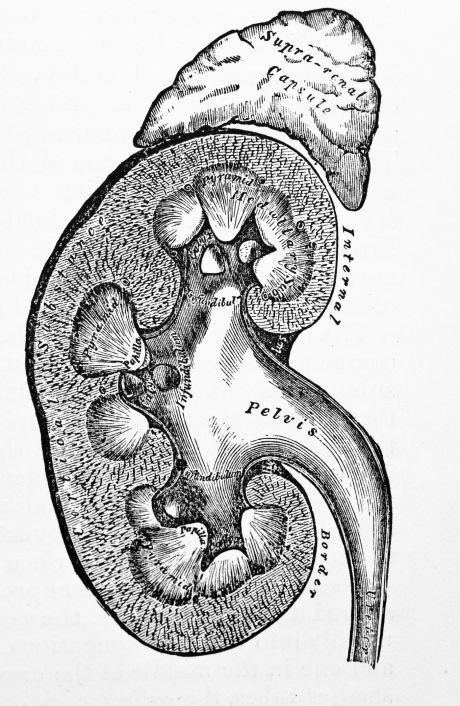Unravelling salt transport in a kidney model

Unravelling salt transport in a kidney model
Kidney dysfunction leads to hypertension, which in turn creates more damage to the kidneys. An EU study addressed the mechanisms of salt transport regulation in kidneys using a model system.
Kidneys control salt and water balance and influence the haemodynamic
status of the body. Blood pressure may rise when the kidneys are unable
to excrete the salt, and it is known that mutations altering salt
transport cause hypertension. However, the mechanism of salt transport
regulation remains unclear.
An EU-funded project NOVEL KIDNEY MODEL (Zebrafish model to study human hypertension) developed a system to investigate NaCl cotransporter (NCC) action in detail. Scientists used the simple organisation of the pronephros to model the signalling proteins regulating NCC activity. The pronephros is a basic excretory organ, corresponding to the first stage of kidney development in vertebrates. With existing homology to many mammalian nephron segments, the pronephros is a useful model for salt transport in kidneys.
Scientists focused on in situ study of thiazide-sensitive NCC. They developed a novel antibody directed toward the zebrafish homologue of NCC, Slc12a3. This antibody identified the target protein in the late distal tubule in the zebrafish pronephros. Similar to its mammalian analogue, the cotransporter was activated by phosphorylation along its amino terminus. Knocking down Slc12a3 led to developmental abnormalities in the fish. Placing zebrafish in brackish (mildly salted) water led to changes in the expression of Slc12a3.
Another part of the puzzle addressed by the model was the WNK kinase complex, which senses changes in intracellular salt concentration and transduces this information to salt cotransporters to maintain cellular homeostasis. The project confirmed that knocking down WNK kinase led to premature mortality, and these defects could be reversed with WNK4 RNA.
Parallel to the zebrafish model, scientists studied a homologous NCC cotransporter (SLC12A3) in a mouse model. They investigated cotransporter regulation by dietary potassium intake and resulting effects on blood pressure levels. The results revealed that cotransporter activation leads WNK4 and SPAK kinases to associate in characteristic punctal structures in the distal convoluted tubule in mice. Scientists are working to identify the nature of these structures using immunofluorescence, immunogold staining and immunoprecipitation, continuing the study to finalise the results. The outcome of the project will hopefully resolve existing contradictory data regarding physiological roles of salt cotransporters and mechanisms contributing to hypertension.
published: 2015-09-28